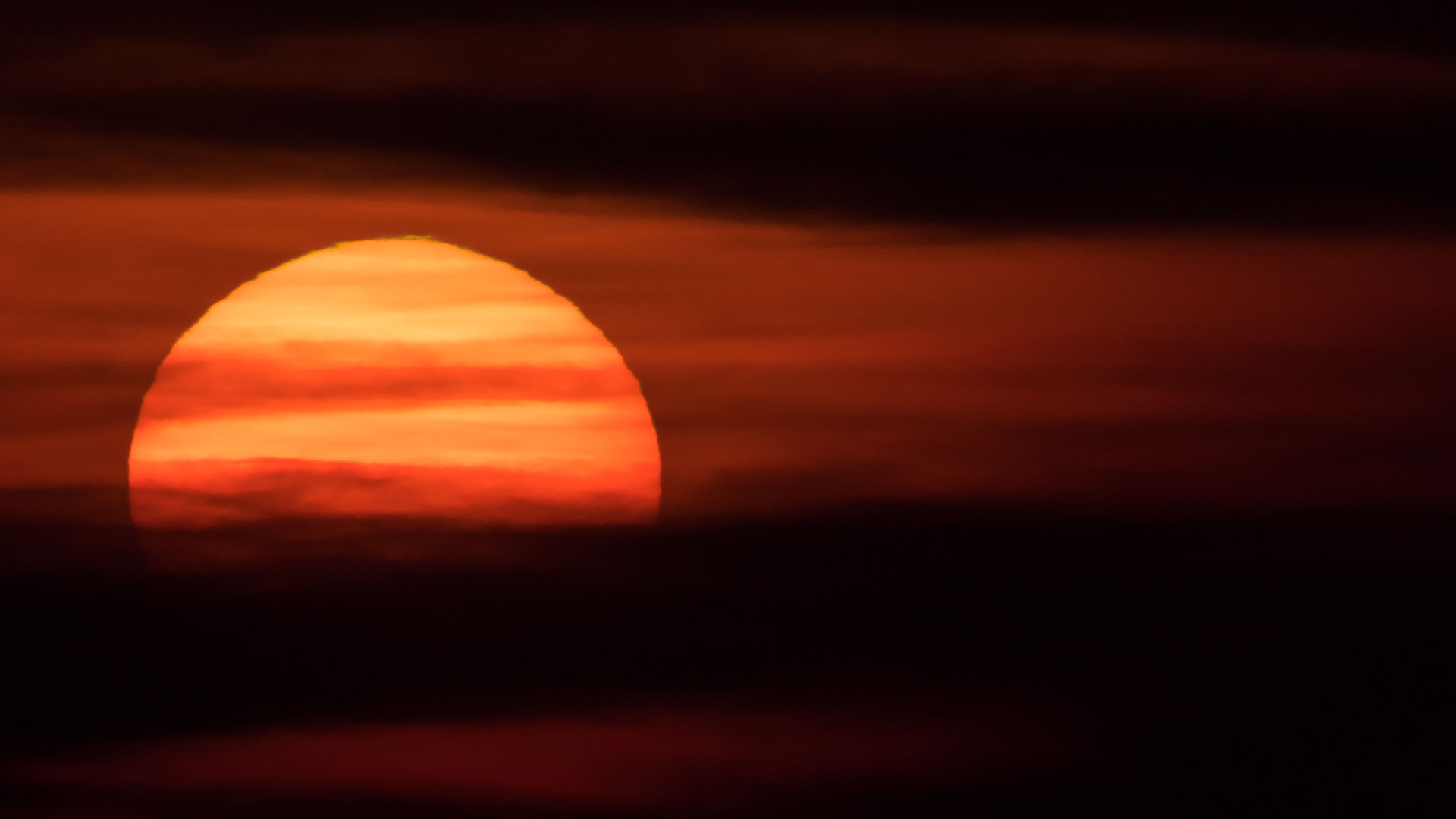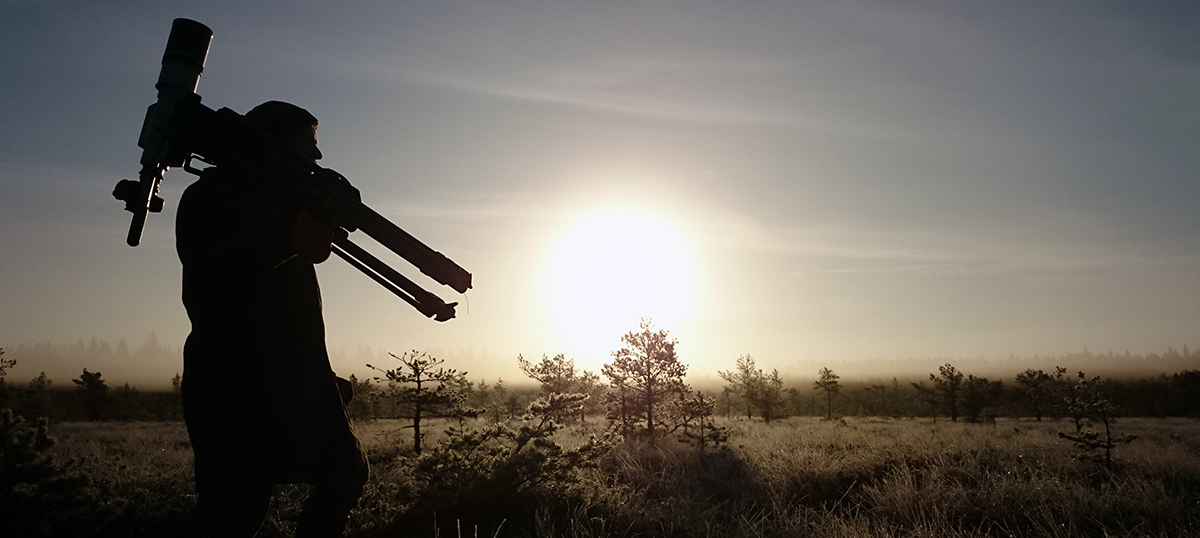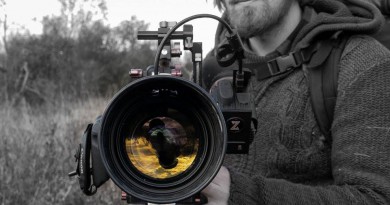Walking with moose
part 2 – Behavior
The weather has been pretty good although quite windy. Animals like beavers, otters, hares, roe deers, a load of birds and of course moose has been showing themselves on almost a daily basis. There has been so much to cover, like the migrating birds and their mating behavior, timelapses and a lot of other things. However since our schedule is very strict and we are supposed to make a trailer, not a full length movie, requires us to concentrate mostly on the moose and it’s behavior and unfortunately not so much on the other species. Our plan is trying to get some interesting moose behavior instead of the ordinary, eating and sleeping. This would make this trailer stand out of the crowd. As unfortunate as it often is the time of the year is not the easiest for such special behavior.
The moose cows are still migrating to Matsalu together with their yearlings. The bulls are as well moving in on the northern side of the park, filling their stomachs with fresh willow catnips and for everyday that passes, more animals arrive to the park.
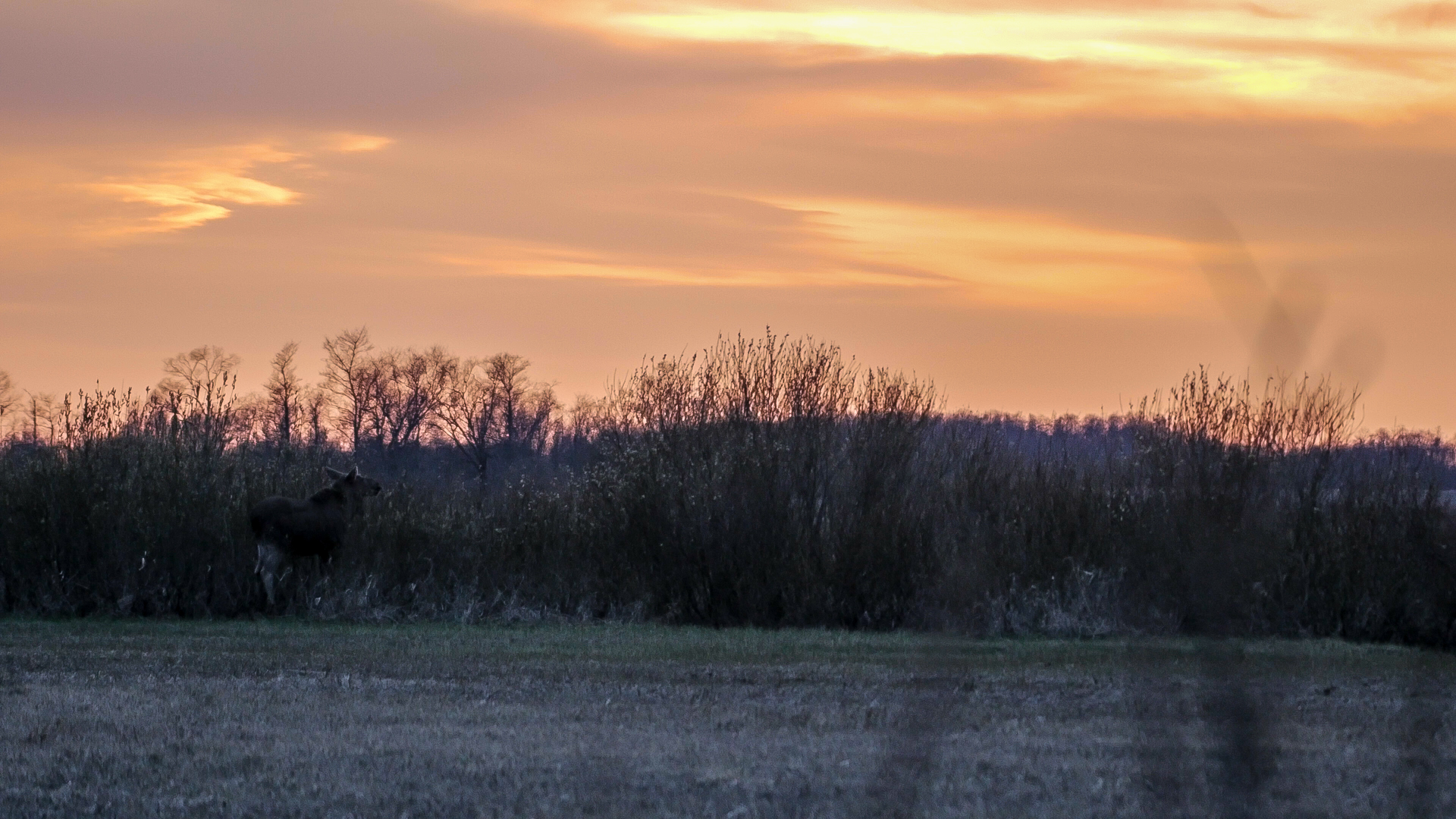
Our filming period is from the beginning of April to the beginning of May. By calculating with information provided by the local scientists we are hoping on getting the abandoning behavior. It’s when the moose cow gets around a week to her birth giving, chasing away her yearlings for to then withdraw into the huge willow bushes giving birth to her new calf or calves. The abandoning is often a dramatic and aggressive behavior where the cow chases her yearlings away by kicking them with her front legs. This behavior can last up to around a week where’s the yearlings will separate further and further from their mother until they lastly will be completely abandoned.
The birthing of the calves is something we are sure we wont get on film at the moment. It would require a lot of preparations including scouting, hide building and placing them at the right location. We neither have the time or the budget to do such thing right now. By our calculations the first new calves would start moving around with their mothers the first or second week in may. Since our shooting period is supposed to end around that time we can’t take the calves as a real option or at least not as a ”safe” one.
However, as it often goes in this business you can’t rely solely on the the information or the ”facts” what you find. The best way is always to go there and scout for yourself. We’ve been moving every single day in the park mostly by our selves covering around 10-15 km a day which will eventually lead to new discoveries.
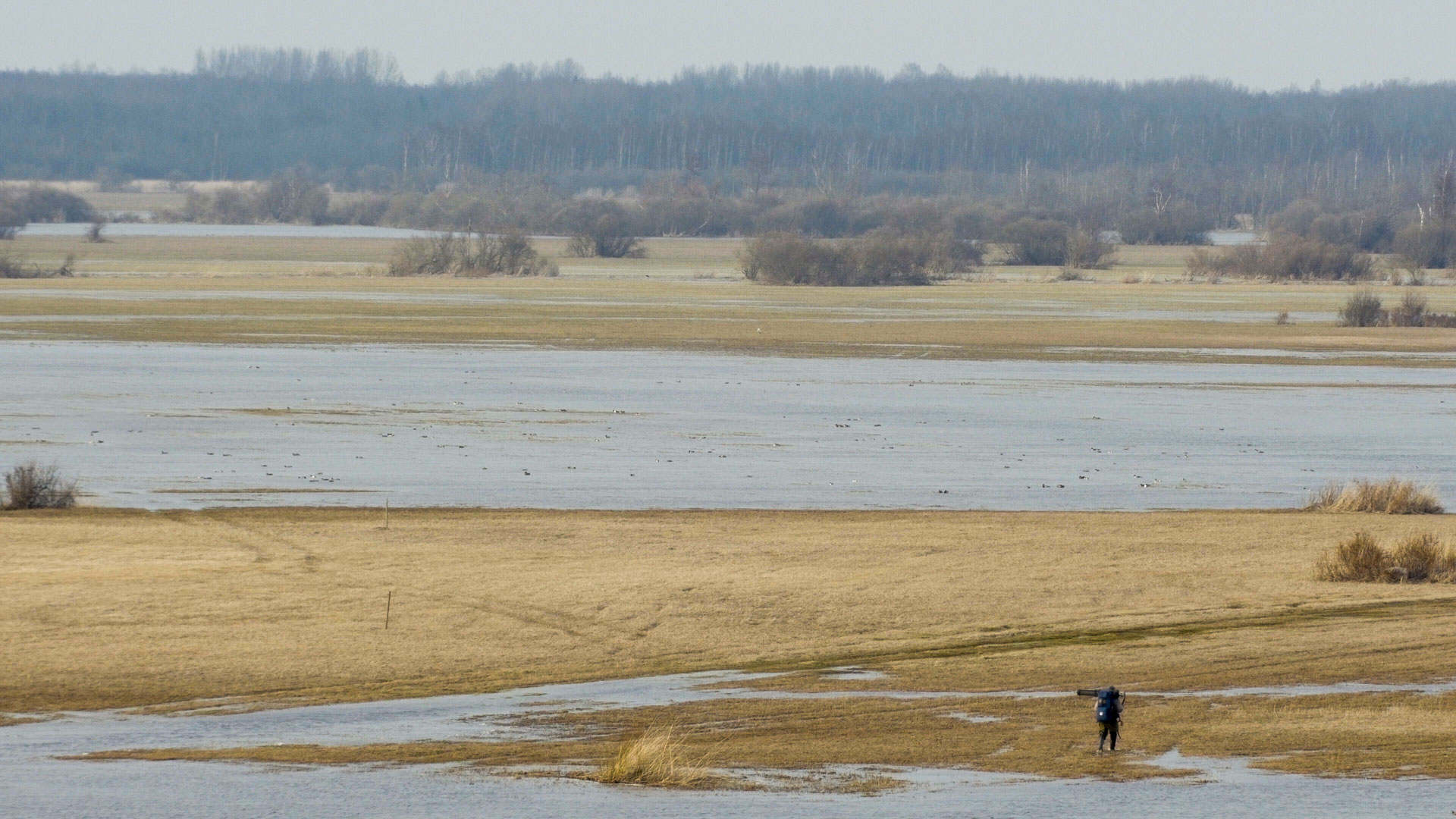
Something very interesting happened one evening when I was walking a new path around the marshland. Joosep was going for the bulls at the northern side of the park and I was exploring some new areas since the water level had sunk enough for me and my boots. I was walking on an open field against the wind with the sun straight in my eyes, rendering my vision useless in front of me. I saw a couple of moose cows eating together with their yearlings on the sides of the fields. I filmed them a bit but once they continued into the bushes I continued my own way straight ahead. I was thinking that, ”okay, still around a week left before the abandoning will start” and then I continued trying to come up with other motives for this beautiful evening. The field got narrower and I started to walk closer to a bush. Suddenly I heard the noise of a adult moose in a nearby bush in front of me. It was a aggressive warning noise and I could hear the sound of it’s hooves moving around. This was certainly not the first time I’ve heard this noise. It usually means that I’m too close and the moose don’t either see me or what I am. Most of the times before the moose has either instantly ran away or come closer until we get a visual contact and then ran away.
This time however it lasted very long. It was making angry noises and I was standing still waiting for something to happen. Maybe a couple of minutes later it however went away, not running but instead slowly walking into the bushes, stopping often, just to continue again. The moose was always so deep in the bushes that I couldn’t see it even though it can’t have been farther away than a couple of 10 meters.
At that time I didn’t actually wonder so much, every moose behaves differently and I just thought that this one might have been more curios or braver than the other ones I’ve encountered in this way. I waited until I didn’t hear it move so much anymore and just continued straight into the sunlight.
That was when I saw something I’ve never seen before. Just in front of my feet, maybe 3 meters away lay two newborn moose calves. One was trying to hide it self by crouching in the grass while the other tried to stand up on it’s legs which still were too weak for it to stand upon.
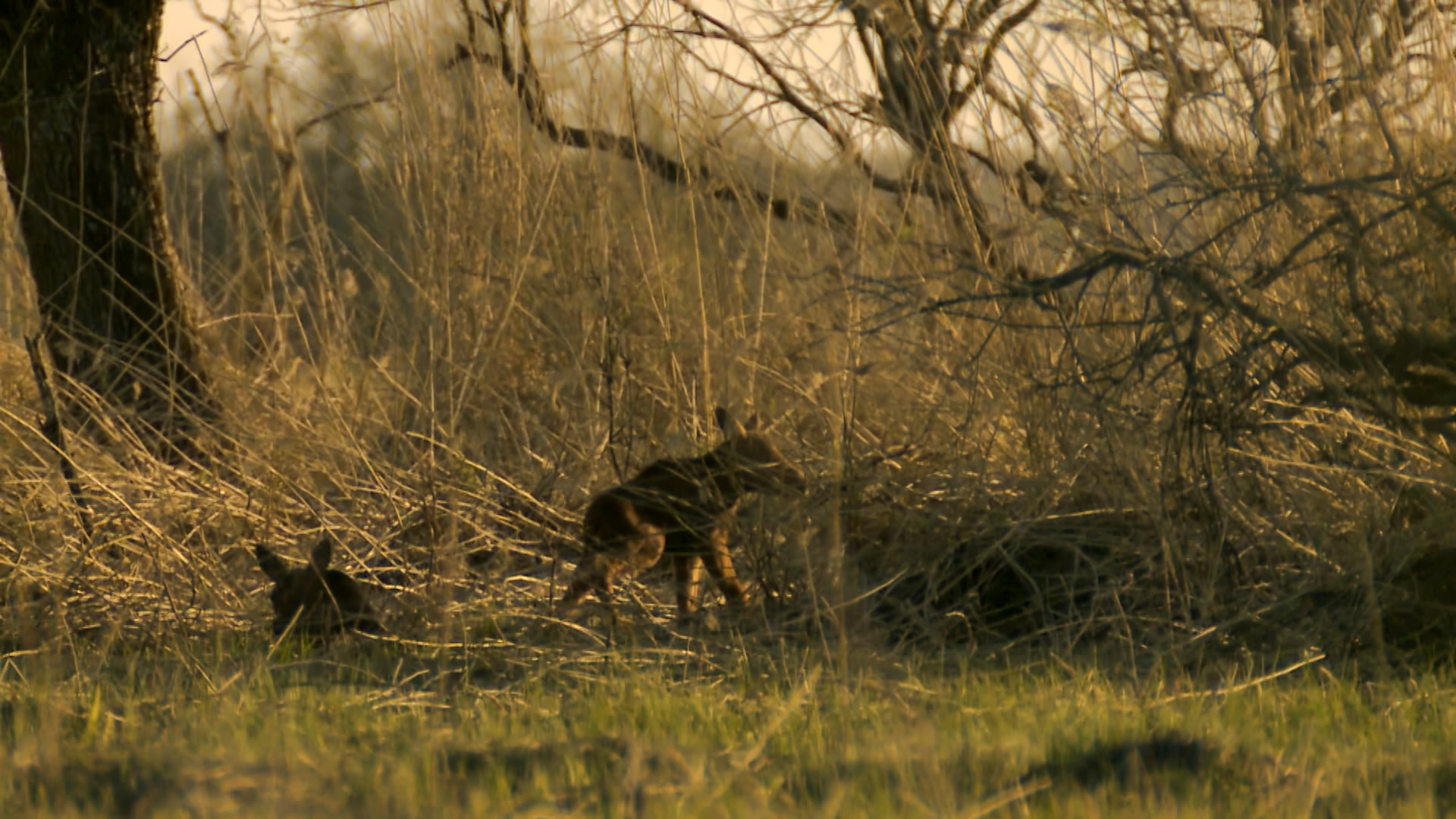
I’ve never been in such situation before and it came as a total surprise that this moose cow had given birth so much earlier than was ever know before in this park. I now realized why the moose cow was so eager to scare me away and remembered some stories about that this is more or less the only time of the year when a moose cow can attack a human and another story where she can abandon her calves if she gets scared away just after birth giving.
I instantly left from the calves, very slowly, wondering what would happen next. Nothing happened and soon I was so far away that i couldn’t see the calves anymore. I still continued around 200 meters to a willow bush constantly keeping my eyes on the area where the calves had been. I hid myself and put up my camera from where I could observe when and if the cow would return to her calves. I waited for an hour and got in contact with Joosep. He reassured me that the best thing for me to do right now would be to go away and that the cow wont most likely abandon her calves.
Later I got to know that the only known cases where a moose cow has abandoned her calves is if it’s a very young and less experienced cow. But hen however she usually only give birth to one calf, not two. The other case is if she gets scared and has only given birth to one calf while the other is still on it’s way, she can switch locations, abandon the first born, forget it’s existence or leave it behind for some other reason.
Everything ended however well in this case and we filmed these calves together with their mother for many days afterwards.
It was a wonderful experience, although a bit scary but so beautiful and educational.
The new calves was really a bonus, something we hadn’t counted on and after this experience we realized that the abandoning must have been happening at least for a week already without us noticing it.
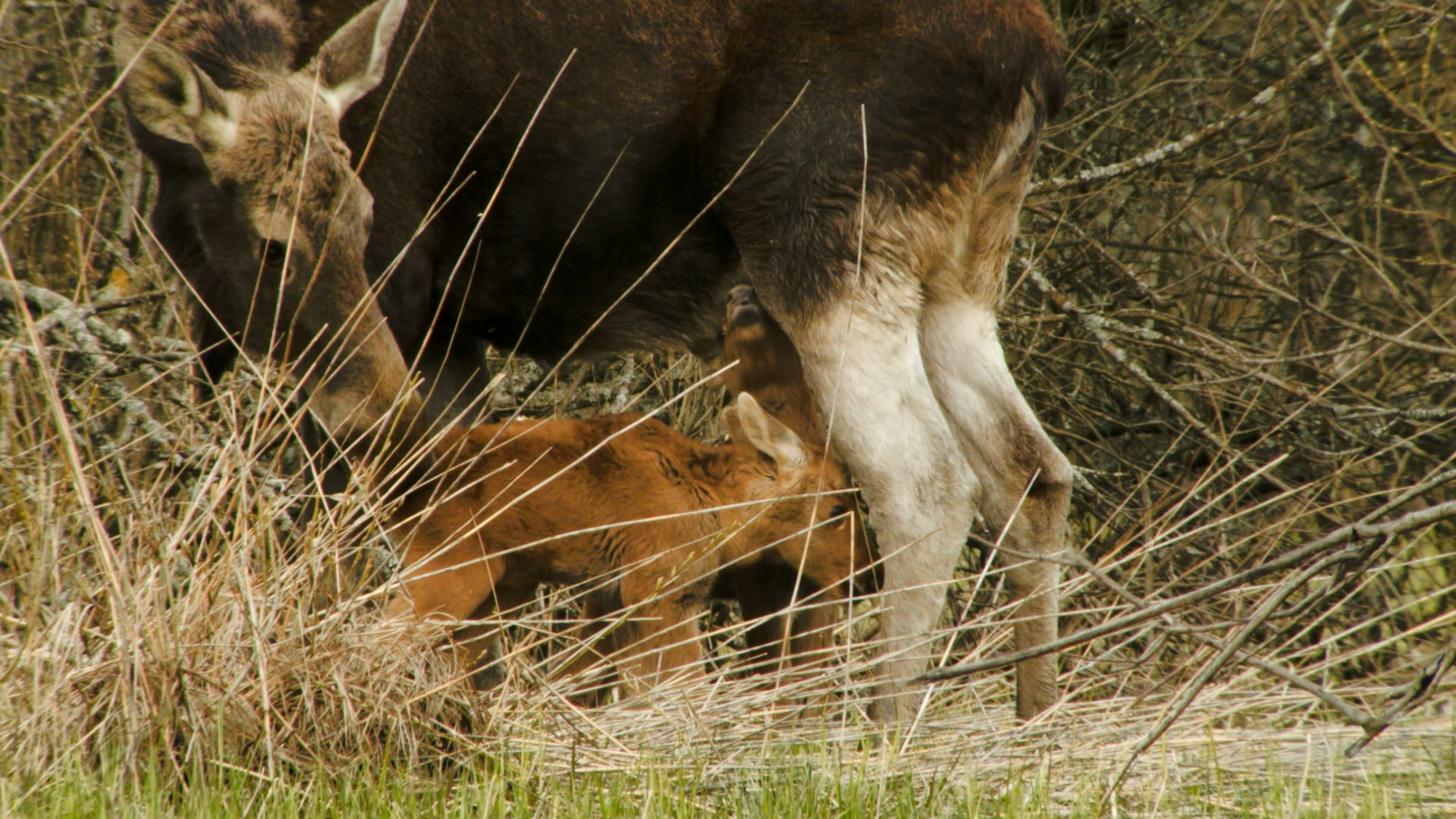
Filming behavior is hard and very time consuming especially mammals like moose. Compared to say birds or foxes. Birds have their nests they must build, attend to and grow their chicks in. Foxes has similar homes, dens. There’s an specific location where they must be everyday. Just by finding the nest or den it’s possible to get a lot of different behavior. It’s as well more rewarding since you usually get something interesting everyday. Moose on the other hand don’t have nests or dens. They more or less randomly give births to their calves and as soon as they are strong enough they start to roam around. It’s not even certain that you see them everyday, not talking about getting close enough to get any decent shots.
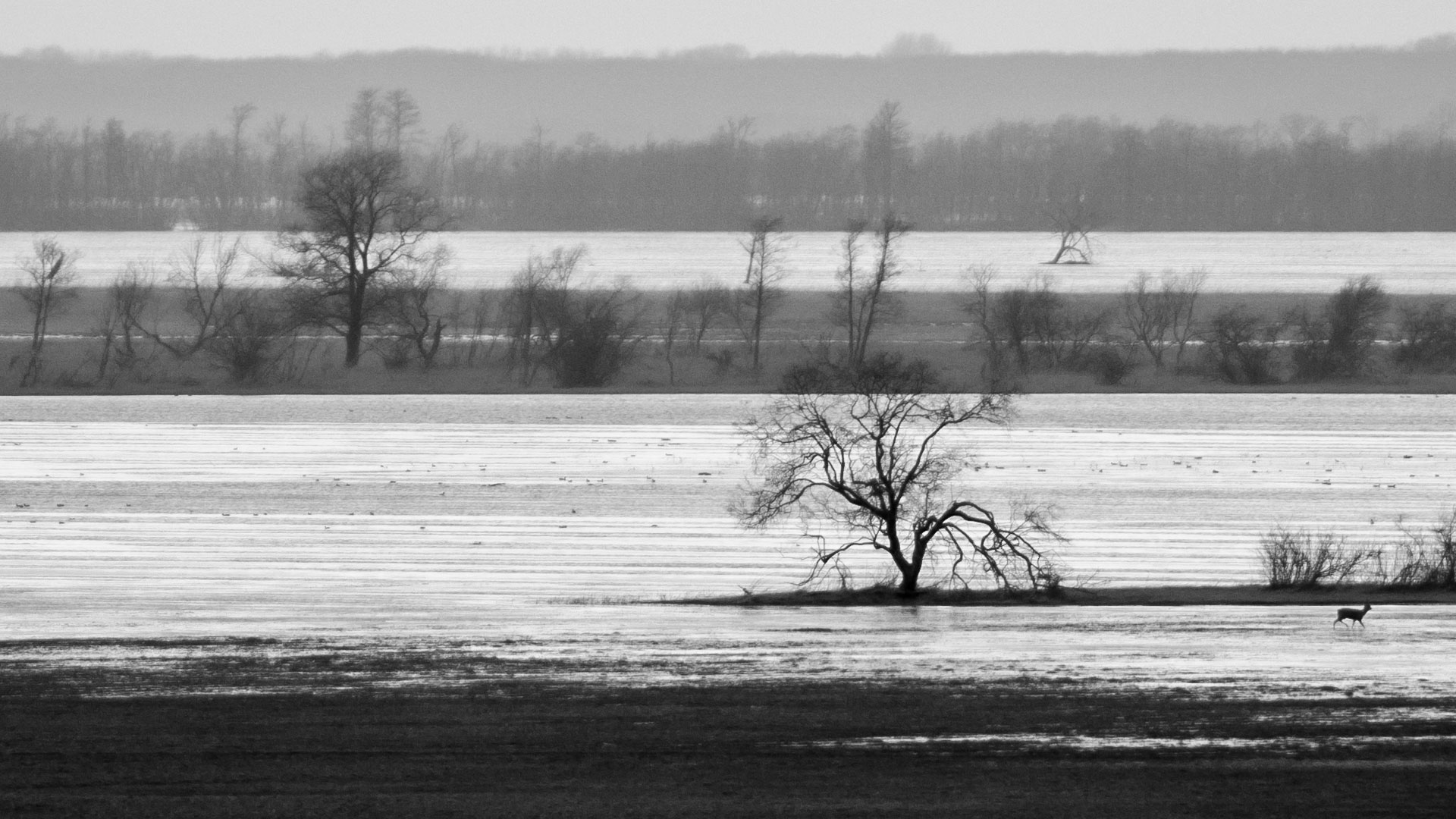
The first trick is to find the moose, this is something you can’t always do but if you’ve been doing enough scouting you can somehow estimate a little bit where they might move, depending on factors as weather, time of the day and wind direction.
After you’ve found the moose, you must not let it notice you. If the moose realize that you’re a human it will most likely run away. If the moose notices you, but don’t realize you’re a human it wont most likely behave as natural as you hope. It will be very alert and check on you frequently which means you have a lot of shots where the moose is watching straight in the camera and wont probably do anything out of the ordinary.
Here’s a couple of examples:
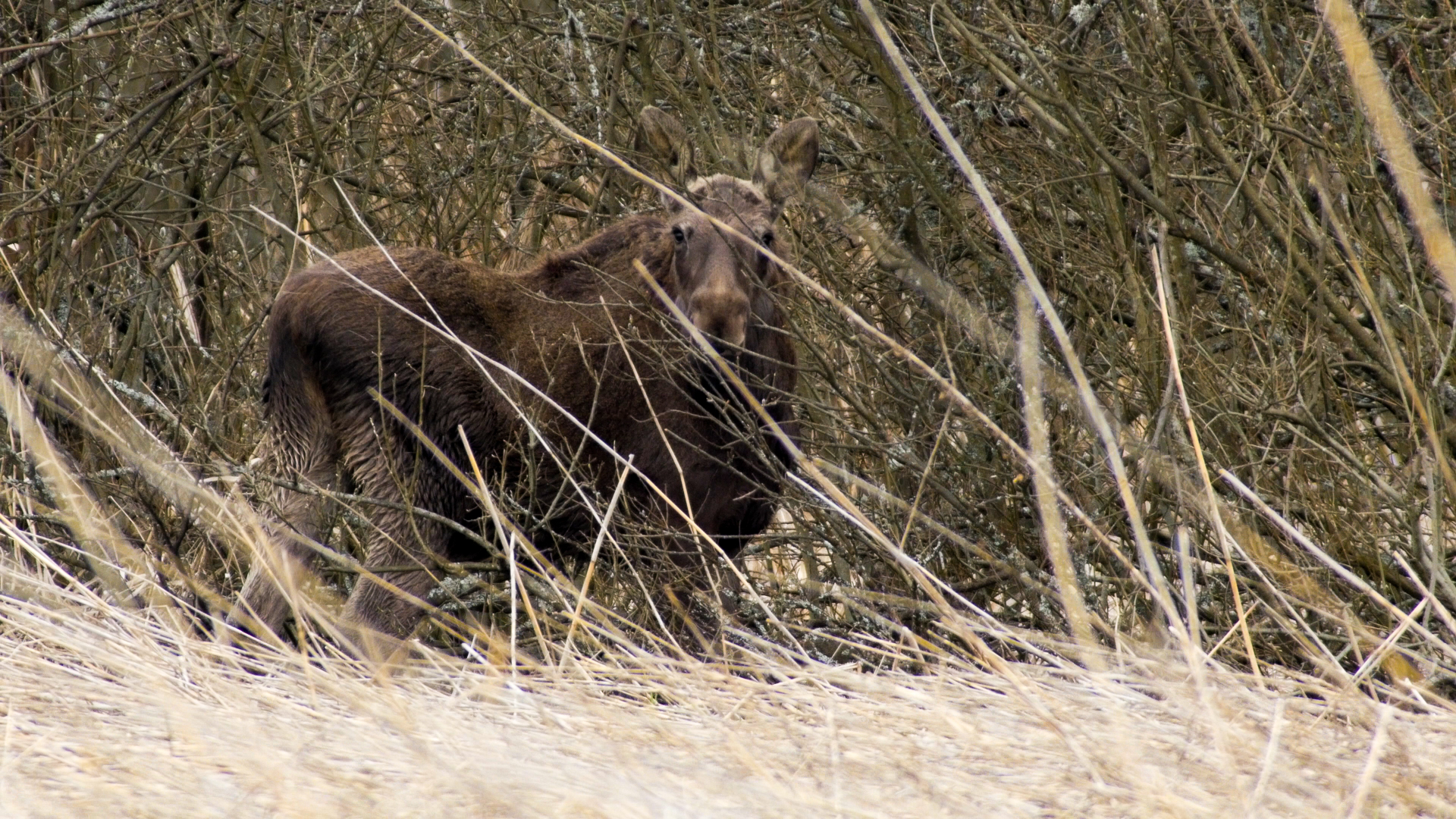

So how do you then get close to moose without letting it know that you are a human or something else?
Probably the most successful way is by using hides. The problem however with moose is that even though you’ve scouted a lot you can’t still estimate for sure if it will walk in front of your camera or close enough for getting those nice closeup shots you want. This method works but you’ll need a lot of time and many days without so much as seeing a moose. For this trailer we tried around 5 days on a location where we have almost everyday seen moose but suddenly they had moved to another location. In over 30 days of filming I came to the conclusion that the best way is to spot the moose on a far distance. Observe it to find out in what direction it’s moving. Move quietly but quickly around it on a distance of around 500 meters to 1km so that the wind is blowing from the moose in your direction until you are in front of it. Hide yourself and wait for it to come to you.

This method wont of course always work. If the moose suddenly takes another path it wont obviously come to you. If the wind changes it will notice you and run away. If the moose are moving from one area to another without eating or stopping, you wont be fast enough to get in front of it.
It’s very exhausting and sweaty way to film moose.
I suggest that you try out different techniques that works best at your local moose paradise =)
In the end of April we realized that we had put a lot of effort on the moose. We had however got some really nice shots, especially the ones with the new born calves. The abandoning was still missing. Joosep had gotten some behavior hinting in that direction but still to vague for getting the context of it. Our filming period must end at some point very soon and we still have all the post production in front of us. We decided that we must now start concentrating on other necessary species and landscapes for to get this trailer together.
To be continued.
[As wildlife films often end with a sunset, so will this part of the article as well!]
